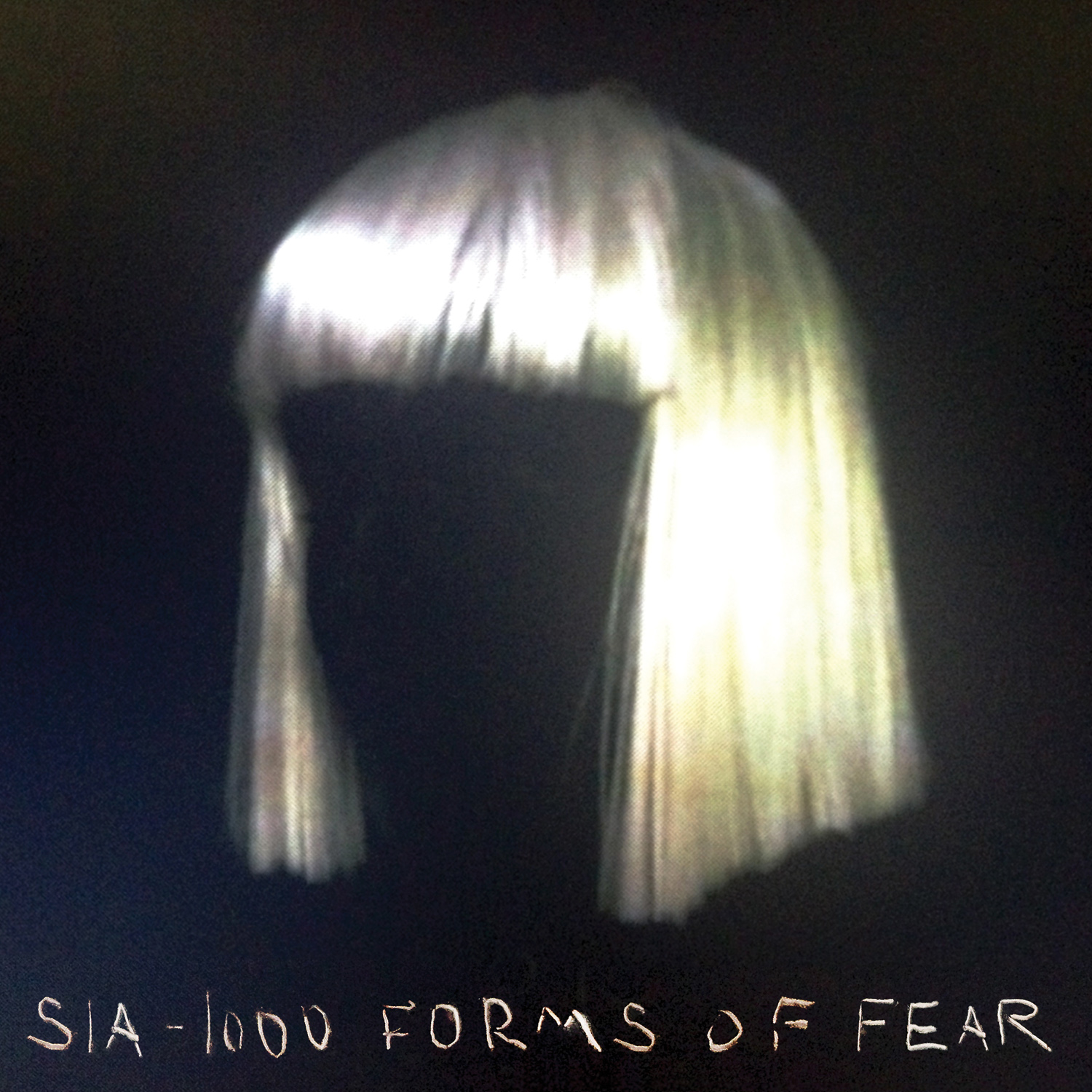
Fans of the quirky Australian singer-songwriter Sia Furler typically fall into two camps: those who first knew her as the voice behind “Breathe Me,” a delicate but haunting song about self-harm that closed out the HBO series Six Feet Under in one of television’s finest song placements ever; and those who know her as the go-to songwriter for today’s pop heavyweights, the one responsible for a string of Top 10 Billboard hits including David Guetta’s “Titanium” and Rihanna’s “Diamonds.”
Those two sides of her career have never been more at odds than in recent years. As the raspy-voiced 38-year-old has become a hit-maker for the likes of Beyoncé, Britney Spears, Katy Perry, Kylie Minogue and more, she’s also become even more insistent on avoiding the fame and attention that nearly drove her to a drug overdose in 2010. Sia does minimal press and refuses to be photographed, posing on the cover of Billboard with a paper bag over her head. She does promotional performances for her new album, 1000 Forms of Fear (out now), with her back to the audience while Lena Dunham and others dance in wigs styled after the singer’s signature haircut, a blonde bob with blunt bangs. Sia is both complicit in the music industry machine and trying to undermine it at the same time.
But instead of being a contradiction, Sia’s sixth studio album — which contains her poppiest material to date, if only because she is so much of pop music today — seems intent on reconciling these two sides of her career. 1000 Forms of Fear is an experiment in how to make a solid, cohesive pop album without actually being a pop star.
For the most part, it works. Sia’s longtime collaborator Greg Kurstin, who, like her, has worked alongside many of pop’s biggest names (including Lily Allen, Pink and Kelly Clarkson), produced the album. His slick, airtight production contrasts nicely with the rawness of Sia’s voice. She belts, yelps, mumbles and occasionally breaks — a subtle reminder that her impressive vocal acrobatics need no help from studio magic — across the album’s consistent dozen tracks.
But, assembled, there’s something mechanically efficient about their output. Sia is known for knocking out hit songs in a matter of minutes — “Diamonds” in 14, “Titanium” in 40 — and she blows through verses, pre-choruses, massive wailing hooks and bridges with perhaps a little too much faith in the template of successful pop songs. Kurstin’s production style, which employs whooshing cues and drum fills that signal incoming choruses before blasting listeners with impenetrable walls of sound, also guides fans along each track’s requisite highs and lows. The two aren’t slaves to formulas, but they’re aware of them, creating the kind of melodramatic power ballads that are simple and obvious in their ambitions, even when their subject matter is as messy as the smeared makeup she sings about in “Big Girls Cry.”
These get-the-job-done vibes of 1000 Forms of Fear may be what hold the album back. It’s hard not to think of several tracks as leftovers cranked out for other artists in Sia’s one-woman hit factory. (“Fire Meets Gasoline,” in particular, sounds perfectly tailored to Rihanna). The album’s imagery — repeated references to stabbing knives and open flames — may allude to the struggles she opened up about in a recent New York Times profile, but listeners won’t walk away from 1000 Forms of Fear knowing much more about the singer than they did before (besides her favorite metaphors). That’s perfectly okay. She’s under no obligation to really spill her guts, and keeping her subjects at an arm’s length, evoking tumultuous times while letting listeners fill in the blanks, is probably what makes her such an in-demand supplier of underdog empowerment anthems. It does, however, also turn her album into something of an inside look at how the Top 40 sausage gets made. By shifting the spotlight away from herself, she brings the work involved to the forefront.
So which side wins out, the could-be pop star or the woman eager to stay behind the scenes? It’s a toss-up, as the album’s stand-out tracks are either the most stripped down (“Fair Game,” “Eye of the Needle”) or the most over-the-top, like “Elastic Heart” (an epic Diplo collaboration appropriately included on The Hunger Games: Catching Fire soundtrack) and lead single “Chandelier” (a cry-for-help story disguised as a YOLO-pop anthem trying to hold its liquor). Maybe Sia can have it both ways, but given the way “Chandelier” and its dizzying high notes tower over the rest of the album, it’s clear she hasn’t always kept the best for herself.
Perhaps she prefers it that way: Sia could be the star of the show, but only if she wanted to be.
More Must-Reads from TIME
- Cybersecurity Experts Are Sounding the Alarm on DOGE
- Meet the 2025 Women of the Year
- The Harsh Truth About Disability Inclusion
- Why Do More Young Adults Have Cancer?
- Colman Domingo Leads With Radical Love
- How to Get Better at Doing Things Alone
- Michelle Zauner Stares Down the Darkness
Write to Nolan Feeney at nolan.feeney@time.com